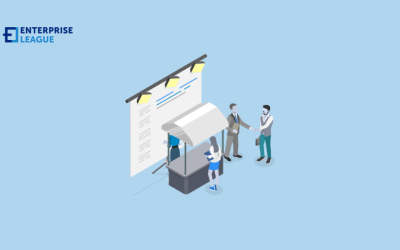Remote patient monitoring: The tools, methods, and advantages for healthcare providers
April 26, 2024

Hospitals and health systems in the United States use remote patient monitoring (RPM) technology to enhance results while decreasing costs. Providers have access to a steady flow of real-time health data, patients and caregivers can maintain an ongoing connection, and doctors can reach more people via this patient care model.
RPM devices are also getting cheaper and smarter. As a consequence, remote patient monitoring software development now has the potential to offer their items directly to people, opening up new profit opportunities.
What is RPM or remote patient monitoring
One way to monitor a patient’s vitals while they’re not in the hospital is via remote patient monitoring. Telemedicine’s RPM delivery mechanism lets patients and clinicians communicate electronically.
What are RPM devices
Digital blood pressure monitors that allow patients to transmit their readings remotely are common examples of remote health monitoring devices. Diabetes patients can use a continuous glucose monitor to remember to take their insulin while their doctor monitors their disease.
How does a system for remotely monitoring patients function
Statistics and trends in the RPM market
RPM-enabled home health monitoring devices are helping providers reduce hospital readmission fines. By giving patients tablets and RPM equipment, the University of Pittsburgh Medical Center reduced hospital readmissions by 76% and maintained patient satisfaction above 90%.
The increased frequency of numerous chronic conditions among seniors is a major factor driving the positive return on investment (ROI) from RPM technology and home-based care. According to a KLAS Research report, in a study of 25 healthcare companies, 38% of those who implemented RPM programs for chronic care management saw a decrease in admissions, and 17% saw a decrease in costs.
The next trend is reducing the size of RPM devices. Device producers are developing smaller, less intrusive solutions and forming partnerships with new companies to increase their market share. Take Dexcom’s new implanted diabetes sensor as an example. It collaborates with Verily, Alphabet’s life sciences subsidiary, to communicate health data via Bluetooth to monitoring devices or cell phones. Speaking of, Langate has 20 years of healthcare tech experience. Contact them if you need remote patient monitoring system developers.
Conclusion
Healthcare organizations that adopt this technology will be well-placed to deliver better results for patients while also reducing overall costs. The trend is towards smaller, more discreet RPM devices. This improves the patient experience and makes it easier for people to use the technology. Remote patient monitoring represents a big change in how healthcare is provided and empowers both healthcare providers and patients.
More must-read stories from Enterprise League:
- Things to consider before deciding on a business location.
- Debunking the most common myths of entrepreneurship.
- Tactics for using TikTok marketing for your small business successfully.
- Key factors in determining salary increases for your employees.
- Find out all the things that make messy people smarter.
Related Articles
What Are the Top-Rated Fuel Cards for Businesses Operating Nationwide
Fuel expenses can eat into operational costs and profits if left unchecked. The bigger the fleet a company has, the more significant the loss. Specialized fuel cards emerge as a viable solution to boosting fuel savings, security, and streamlining expense management....
How do I reserve a space for a trade show in Pennsylvania
Trade shows are excellent business opportunities. Your upcoming event should occur in a space big enough to hold all participating brands while leaving room for visitors. Learning how to reserve a space for a trade show in Pennsylvania will help you find the best...
What Are the Best Event Venues for Corporate Meetings?
Finding the perfect event venue for your corporate meetings requires careful consideration of location, amenities, accessibility and reputation. The best venues provide excellent audio-visual capabilities, flexible meeting spaces, and professional decor options to...
What Are the Top-Rated Fuel Cards for Businesses Operating Nationwide
Fuel expenses can eat into operational costs and profits if left unchecked. The bigger the fleet a company has, the more significant the loss. Specialized fuel cards emerge as a viable solution to boosting fuel savings, security, and streamlining expense management....
How do I reserve a space for a trade show in Pennsylvania
Trade shows are excellent business opportunities. Your upcoming event should occur in a space big enough to hold all participating brands while leaving room for visitors. Learning how to reserve a space for a trade show in Pennsylvania will help you find the best...





